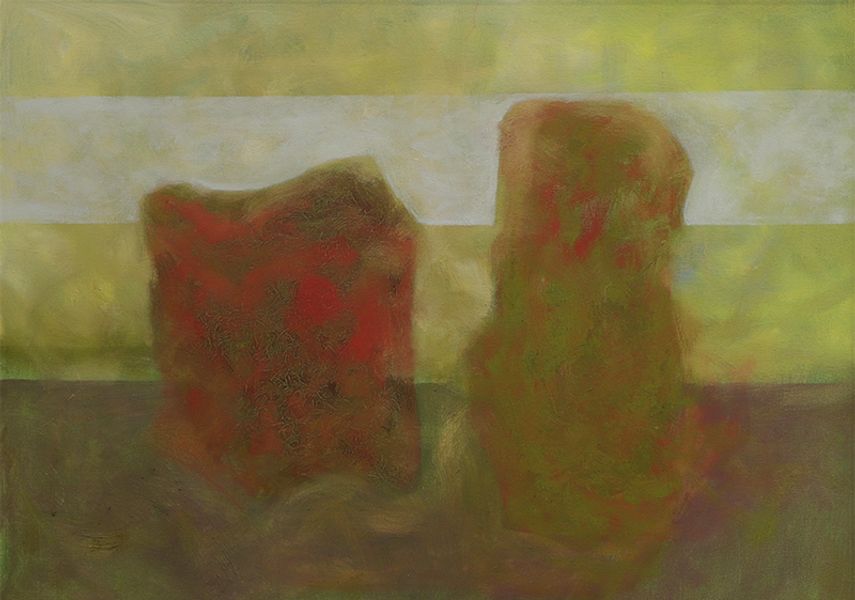Satoru Abe: Reaching for the Sun
October 18, 2024–July 20, 2025
Gallery 12 & 13
“At first my work was figurative, but the human figure became too personal. The tree took its place,” Satoru Abe has said. For seven decades, Hawai‘i’s most recognized artist has delved deeply into recurring themes, motifs, and processes. Residents have grown up with his many public sculptures found throughout the islands. Satoru Abe: Reaching for the Sun, the artist’s first museum retrospective in 25 years and the first organized by the Honolulu Museum of Art, reveals how his work has evolved, through more than 80 paintings, sculptures, and works on paper. The exhibition brings together objects from the museum’s permanent collection and from public and private lenders. Works range from the artist’s early explorations of the figure in the 1950s, through his sculptural practice in the second half of the 20th century, to his recent abstract paintings created during the Covid pandemic.
Abe has consistently worked in two and three dimensions, and this ability to fluidly think through themes and ideas in paint, wood, and metal has shaped his creativity. He returns repeatedly to iconic motifs that reference a close connection to nature—rocks, seed forms, trees, roots, and branches that reach outwards to the sun or moon. One such recurring form is the wheel, and the exhibition examines its evolution and multifaceted connections to spirituality and reincarnation; the natural cycle of life, death, and rebirth; and as a symbol of constant movement and change.
With a career straddling the 20th and 21st centuries, Abe’s artworks have been informed by his life in Hawai‘i, time spent in New York and Japan, and by other artists who called the islands home including Isami Doi, Bumpei Akaji, and Tadashi Sato.
In the late 1940s, Abe studied at the Art Students League in New York. After spending time back in Hawai‘i, where he helped found the influential Metcalf Chateau group, he returned to New York with his wife and daughter in 1956. There he was exposed to the dominant Western art movements of abstraction, expressionism, and surrealism and produced work and mounted four solo exhibitions at The Sculpture Center. His sculpture of an abstracted tree from this period appeared on the cover of Art in America and was featured in an exhibition at the Museum of Modern Art. He settled back in Hawai‘i in the 1970s. Deservedly named a “Living Treasure” in 1984 by the Honpa Hongwanji Mission of Hawai‘i, Abe’s long and distinguished career continues to impact the art and artists of Hawai‘i and beyond.
Support provided by


The Judy Pyle and Wayne Pitluck Fund for Contemporary Art
Lauren Yoo
Top banner
Satoru Abe (American, born Hawai‘i, 1926). Two Figures in the Forest, 2002. Copper cutout, wood base. Gift of Timothy Y.C. Choy in honor of Warren and Carolyn Luke, 2014 (2014-5-04)
Related exhibition
Satoru Abe: 100 New Paintings
Through December 8, 2024
The Art Gallery, University of Hawai‘i at Mānoa Art Building
See 100 dynamic, abstract works produced since 2019.



